The bird of paradise is often used as an indoor house plant. And, when given the right amount of light and water, it can also be grown outdoors. The bird of paradise is a beautiful tropical plant with bright colors that will add beauty to any garden or home.
It prefers well-drained soil and full sun but will tolerate partial shade. Regular fertilization allows this fast-growing flowering perennial to produce stunning flowers throughout the year.
Bird of Paradise Brown Edge Causes
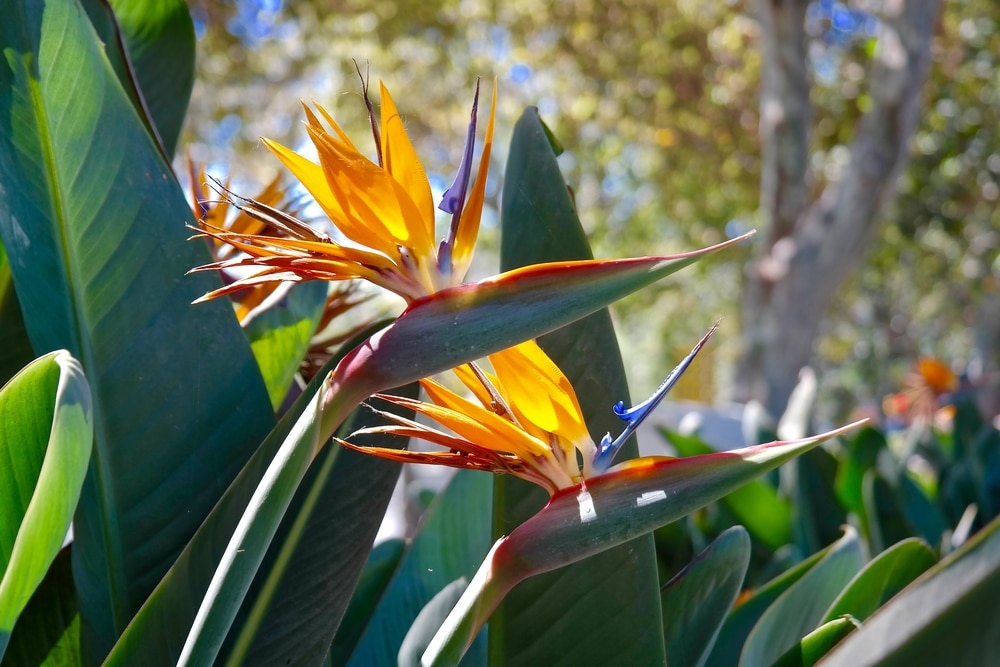
Unfortunately, quite a few issues can cause leaves to brown on a Bird of Paradise. Here are the ones I’ve seen the most.
1. The Use of Tap Water
Water quality is essential and often overlooked when a Bird of Paradise has browning leaves.
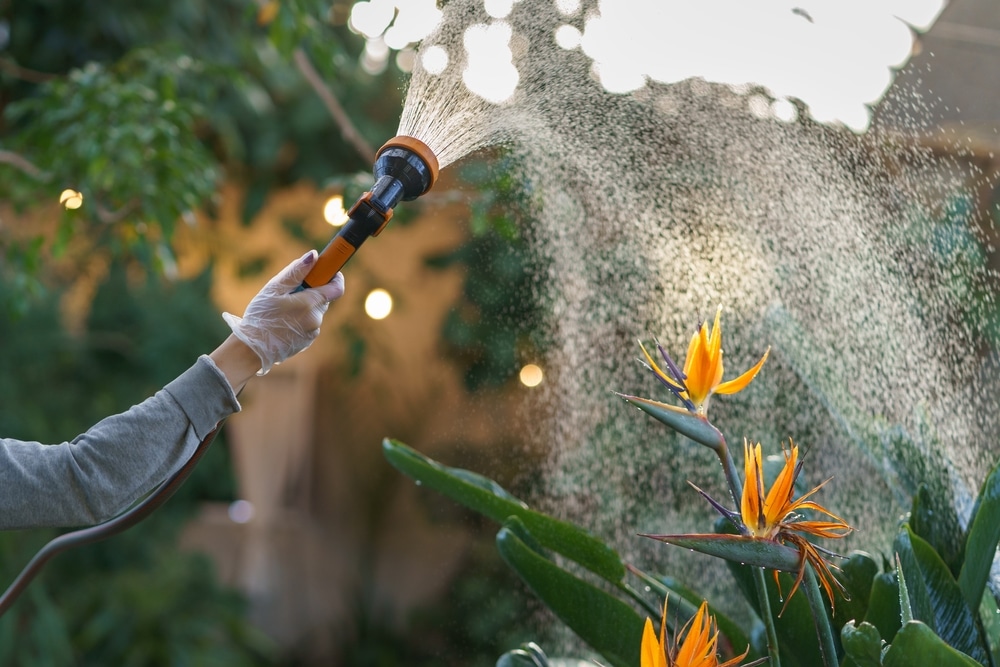
Tap water contains several minerals and chemicals that can be bad for plants. These include chlorine, fluoride, and other heavy metals. When these are absorbed by the plant, they can cause discoloration of leaves, stunted growth, and root damage.
If you live in an area with hard tap water, this could also lead to an accumulation of salt which can damage your Bird of Paradise’s roots or prevent them from taking up water properly.
It’s best to use filtered or distilled water when watering a house plant like the Bird of Paradise to ensure it gets all the nutrients it needs without being exposed to the harsh chemicals found in tap water.
If you are concerned about tap water and your Bird of Paradise, check out this article from Heyrooted on how to make tap water safe for plants.
2. Too Much or Too Little Water
Too much water can do just as much damage as excess water.
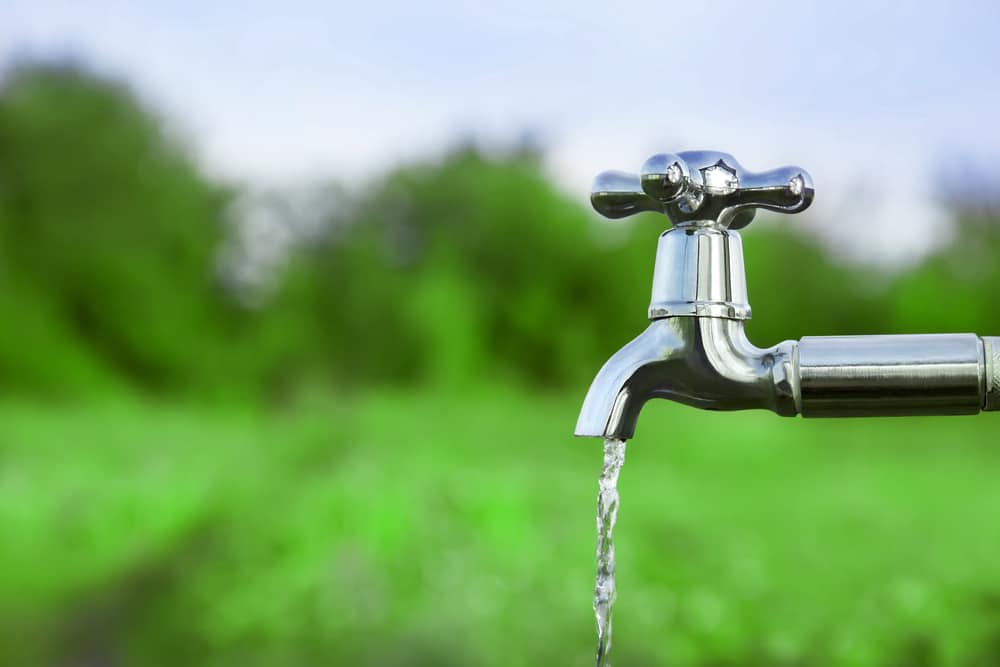
The Bird of Paradise plant can be sensitive to fluctuations in moisture levels. If you overwater the plant, the excess water can cause root rot, while underwatering can lead to brown leaf tips, wilting, and leaf drop. Either scenario can cause leaves to turn brown.
Water your plant deeply when the top two inches of soil is dry—but not bone-dry. Ensure sure there is good drainage to prevent water from pooling and rotting the roots.
A drainage hole is essential for any pot you use when growing a Bird of Paradise. The hole will allow excess water to escape, allowing the water table below the roots to remain balanced and prevent overwatering. Make sure all pots used for this plant have at least one drainage hole at the bottom.
Additionally, consider adding a layer of gravel or perlite on top of the soil, which can help keep the soil from becoming soggy and retain moisture in the pot. Adding this layer can also improve drainage. Finally, you may need to repot your Bird of Paradise.
Using a moisture meter when watering a Bird of Paradise can be helpful to ensure you don’t give it too much or too little water. Make sure that the soil around your plant does not become saturated, as this will suffocate its roots.
3. Low Humidity
The Bird of Paradise likes a lot of humidity.
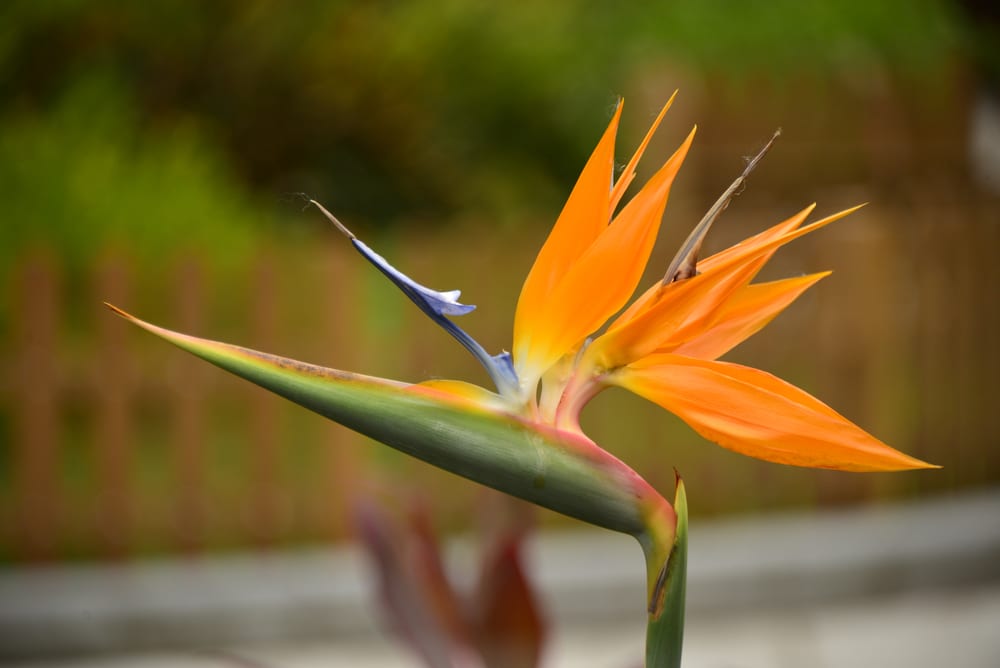
Bird of Paradise plants prefer medium to high humidity and are not tolerant of low humidity, which can cause their leaves to brown.
To increase the humidity around your plant, use a humidifier or mist your plant regularly with water. Additionally, placing it next to other plants that require similar conditions can help create an environment with higher humidity.
Here’s how to control a Bird of Paradise’s humidity level.
4. Leaf Spot Disease
A fungus causes leaf spot disease and can cause the leaves of a Bird of Paradise plant to become spotted with yellow, brown, or black lesions. In severe cases, it can cause leaf drop.
To help prevent this disease from occurring in the first place, make sure that your plant is getting enough water and fertilization.
5. Pests
A quick inspection can quickly determine if your Bird of Paradise has any pests.
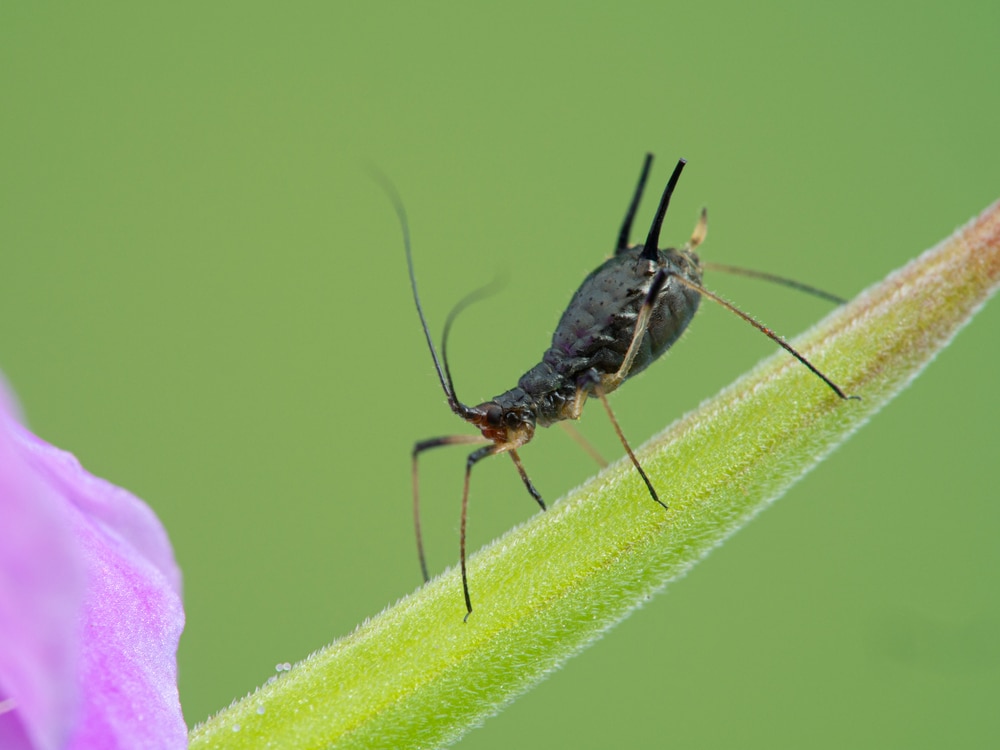
Pests such as aphids, scale insects, and mealy bugs can be common pests that crawl on a Bird of Paradise leaf. These pests feed on the sap within the plant and can cause damage to both the leaves and flowers by sucking out their juices. Look for bugs that look as small as a poppy seed.
To control these pests, you can kill them with insecticidal soap or horticultural oil. You should also regularly inspect your plant for any signs of infestation. They can cause the leaves to turn brown around the edges.